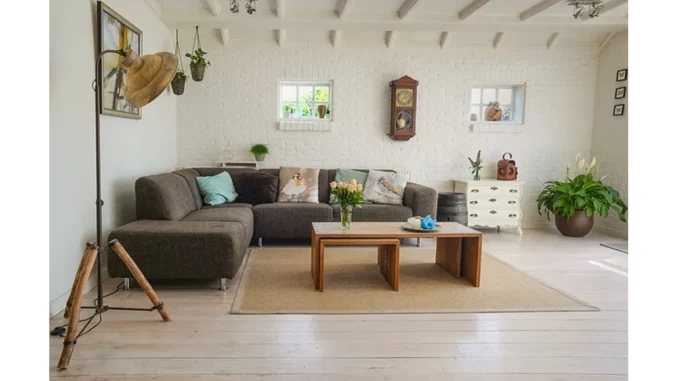
Achieving Perfect Balance: The Rule of Thirds in Interior Design
Arranging furniture, decorating a room, and styling a bookshelf require finding a configuration that feels right. However, deciphering what makes a space look imbalanced can be a challenge. The rule of thirds is one design technique that can help you achieve that perfect equilibrium in your home decor.
What Is the Rule of Thirds?
“The rule of thirds is a design tool used to create balance in a room with furniture and decor by examining a space through a symmetrical grid,” explains Lindye Galloway, an esteemed interior designer and founder of Lindye Galloway Studio. “The grid guides spacing and proportions by dividing the composition horizontally and vertically into left, right, and centre parts to help you create visual harmony in your space,” she elaborates.
This technique is not a rigid rule but rather a guiding principle, enabling you to lay out a space or assess an arrangement without it feeling forced or overly symmetrical. Elle Cantrell, an accomplished interior designer and founder of Elle Du Monde, states, “You want to create visual balance without the space feeling forced or too symmetrical. This technique allows an easy way to make sure the room is weighted properly.”
How to Use the Rule of Thirds
To implement the rule of thirds, imagine dividing the space you’re arranging into a grid with three columns and three rows, resulting in nine boxes. This grid allows you to compare balance between the upper, middle, and lower thirds, as well as the left, right, and centre.
“While typically used to map out the composition of a room, the grid can also be applied to smaller spaces in the home where decor is displayed, such as fireplace mantels, built-ins, or shelves,” Galloway suggests.
Cantrell adds, “Comparing areas of the grid allows you to check the balance of the space and overall composition, whether you’re laying out an entryway or a home office. Look at how colours, textures, and values compare in each square. The shapes and forms in each square can vary as long as the grid appears balanced in visual weight.”
Tips for Using the Rule of Thirds
-
Start Small: As you begin to familiarise yourself with the rule of thirds, Galloway recommends starting with smaller items. “Test out the rule by placing decor on surfaces such as coffee tables or bookshelves to play around with their arrangement. This way, you can practice creating balance before working up to arranging larger items that make a bigger impact in your space, such as artwork or furniture.”
-
Odd Numbers Appeal: Cantrell notes that odd numbers are generally more pleasing to the eye. “Whether you’re evaluating one-third or comparing the overall grid, odd numbers tend to create more visual interest. The rule of thirds may be confused with the rule of three, but they’re distinct. The rule of three refers to the effectiveness of grouping three items together, from furniture to decorative accents. You can apply the rule of three while designing a space using the rule of thirds.”
-
Experiment with Variety: “While you’ll want to ensure you’re grouping your objects together in sets of three, feel free to experiment with a variety of decor with different shapes, textures, and heights,” Galloway advises. This not only maintains balance but also adds visual interest to your space.
-
Consider the Floors: “Don’t discount your floors!” Galloway stresses. Properly positioning rugs can significantly affect the balance in a room. “For example, if the coffee table is arranged centrally, place a rug directly underneath and arrange additional furniture around the area to maintain symmetry. If opting for a smaller rug, ensure it covers one-third of the area to allow other elements in the room to stand out.”
Expert Examples
Cantrell illustrates this principle with a personal example: “In one project, I used a stained desk and beams to create visual balance. The built-ins along the back wall flanked the window, creating three equal parts.” This meticulous attention to detail ensures that each element contributes to a harmonious whole.
Galloway also shares an instance where she used bold colours balanced with white oak in open shelving and an island to achieve visual equilibrium. “The incorporation of white oak in the back of the open shelving and the island ensured that the room maintained its balance, even with the introduction of bold colours.”
By understanding and applying the rule of thirds, you can create aesthetically pleasing and balanced interiors that resonate with both sophistication and elegance. Whether you’re arranging a living room, a kitchen, or even a small shelf, this timeless technique can transform your space into a visually harmonious and inviting environment.


Be the first to comment